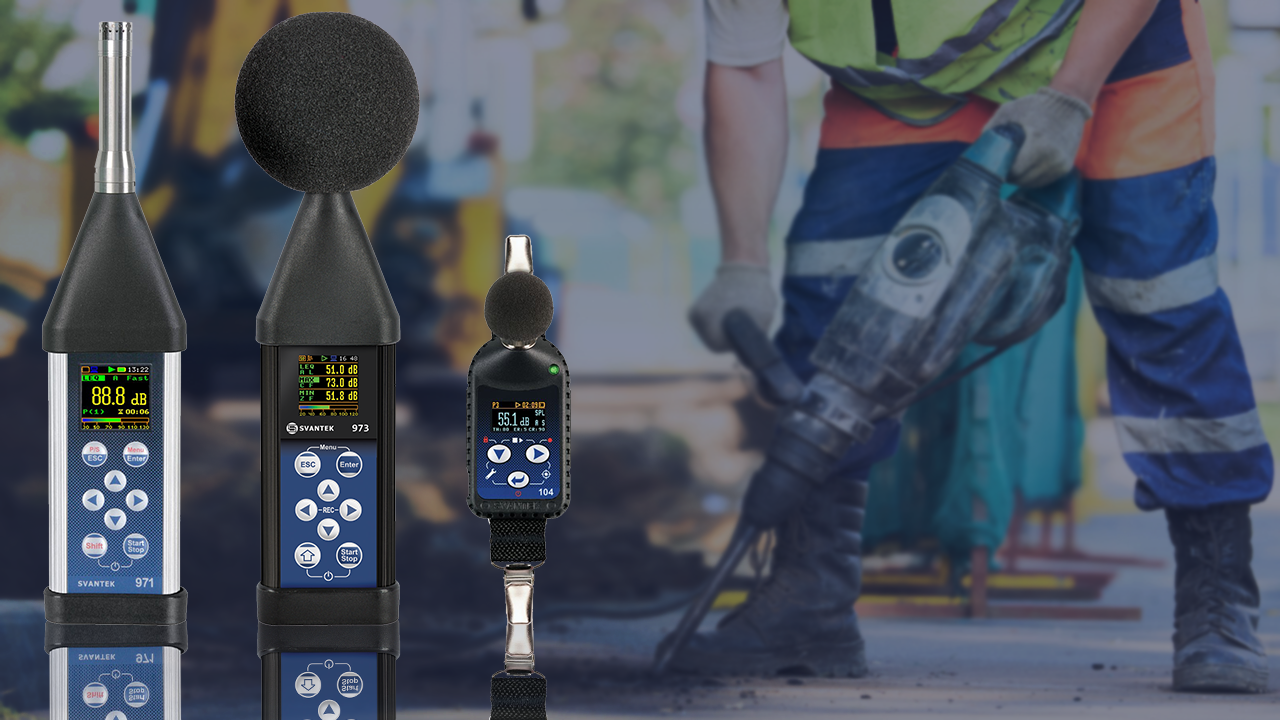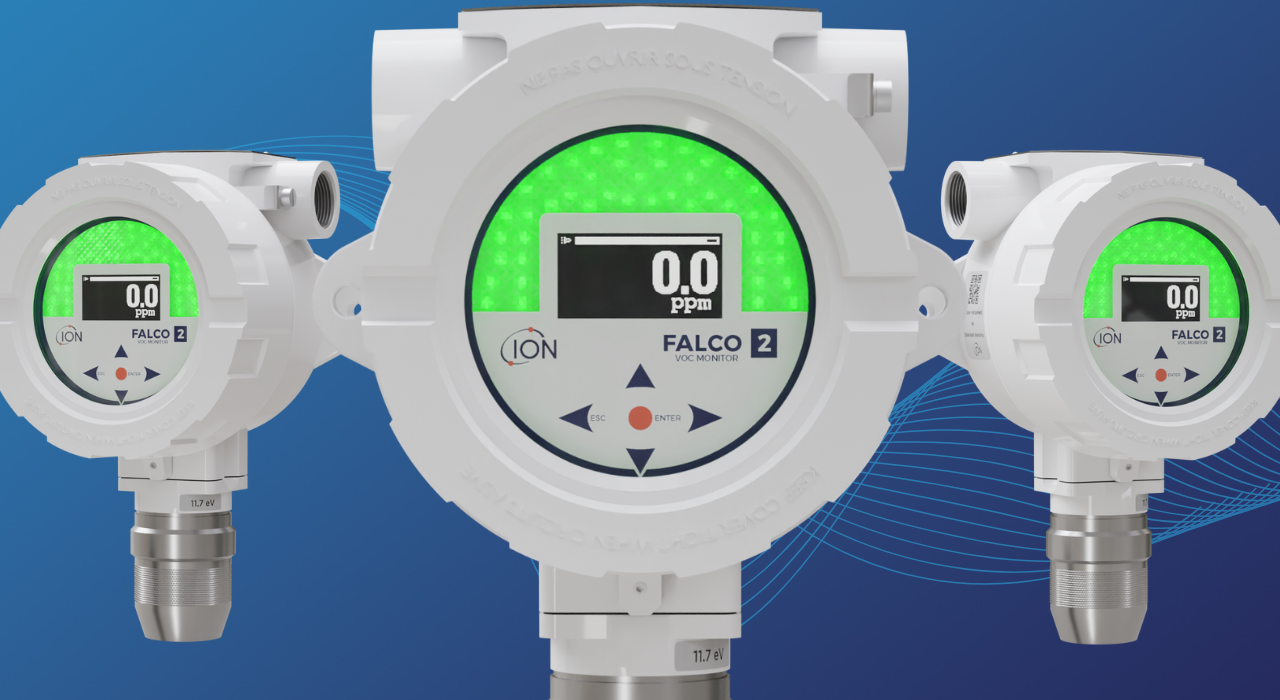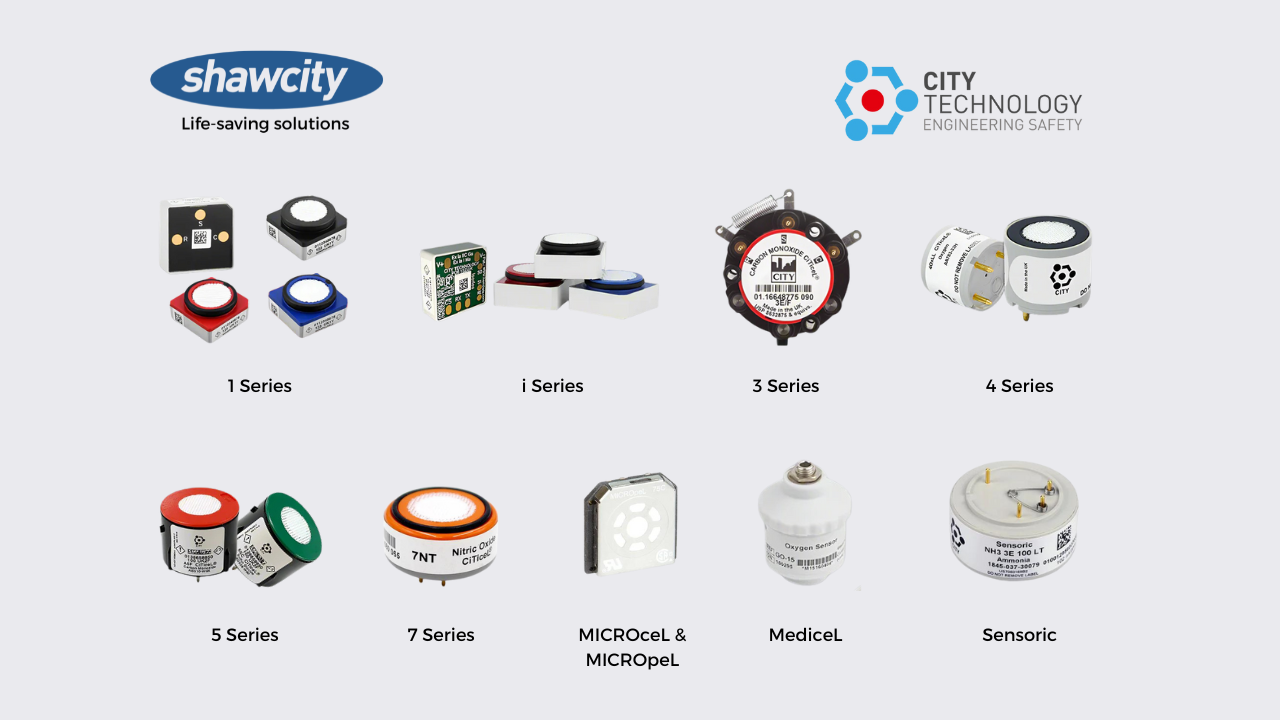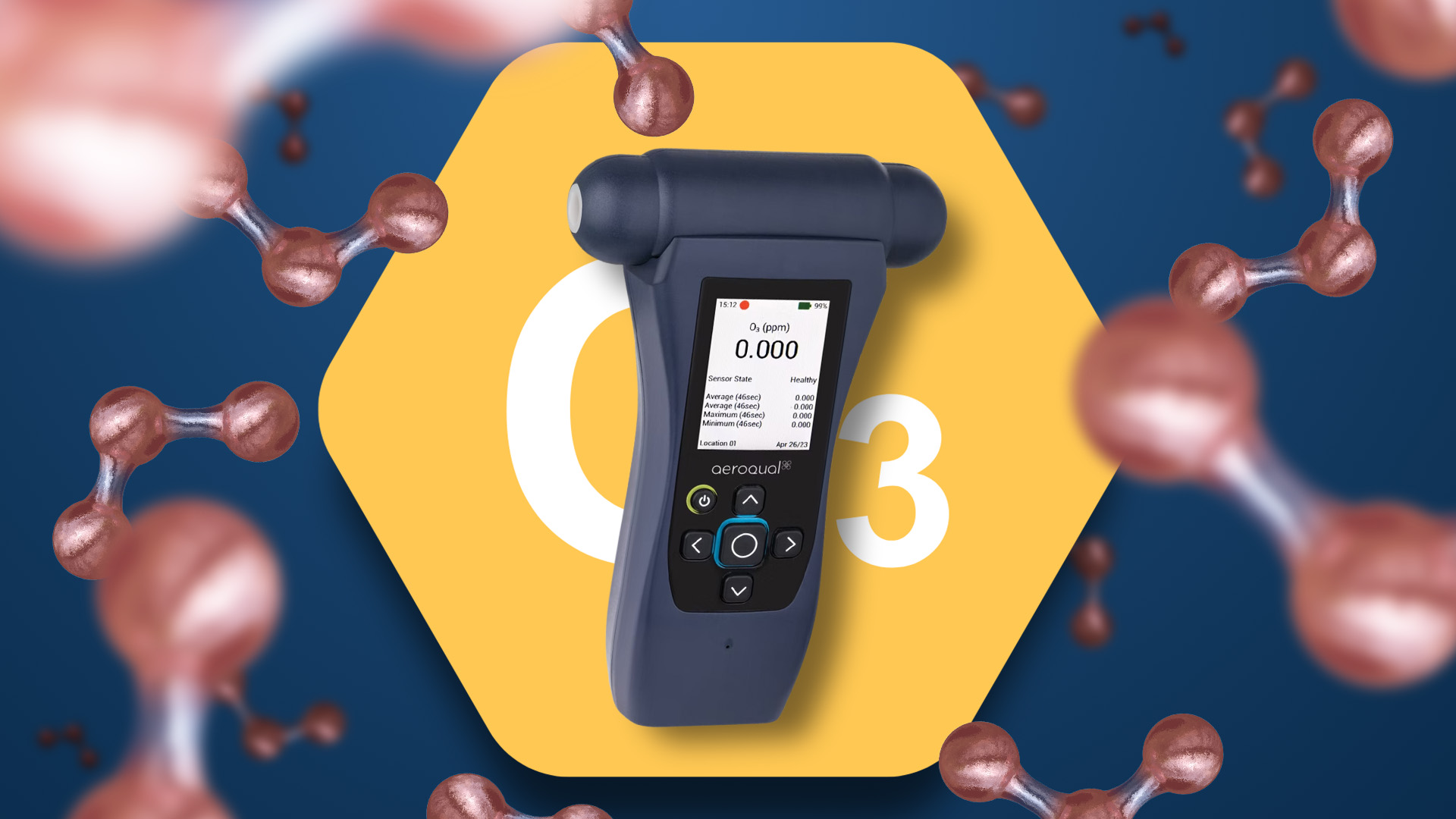Sound level meters are primarily used for measuring sound levels in various environments, serving as an essential tool for multiple applications including regulatory compliance, hearing protection, noise pollution monitoring, and sound quality optimisation.
In regulated industries like construction, manufacturing, and entertainment, these meters are crucial for ensuring compliance with noise level guidelines. They also help in identifying areas where noise levels could pose a risk to hearing health, thereby facilitating protective measures.
Additionally, these meters are used to monitor and identify sources of environmental noise pollution. In specialised fields such as music production and audio engineering, sound level meters are employed to measure and optimise sound quality to meet industry standards.
For non-professional, casual noise measurements, a mobile application may suffice and offer a more cost-effective solution. However, for specialised applications such as occupational noise assessment or environmental monitoring, specialised sound level meters like dosimeters or noise monitors may be necessary. The accuracy, features, and capabilities of sound level meters can vary widely, so it’s important to select a device that meets the requirements of your particular application.
Choosing the right sound level meter
There are many factors to consider when choosing the right sound level meter including the noise environment, sound pressure level range, frequency analysis, traceability and budget. Ensuring that the meter complies with recognised standards like IEC 61672-1 is also vital for obtaining accurate and reliable measurements.
For environmental noise, Class 1 meters are generally more suitable, while Class 2 meters are often used in industrial settings.
The type of application will largely dictate the class of meter required. Most sound level meters offer a range between 30-130 dB, but specific scenarios may require different ranges. For instance, environmental noise assessments might need a range that goes as low as 25 dB, while industrial settings could require a range that extends to at least 140 dB. Budget is another crucial factor; Class 1 meters are generally more expensive but offer higher accuracy.
What's the difference between Class 1 and Class 2?
Sound level meters are categorised into Class 1 and Class 2 based on their accuracy. Class 1 meters offer higher precision and are defined by criteria such as frequency response, sound pressure level range, and overall performance. These classifications guide users in understanding the meter’s capabilities and in choosing the right device for their application.
The IEC 61672-1 standard outlines the performance requirements for professional sound level meters, categorizing them into Class 1 and Class 2 based on their accuracy and operational capabilities. The main differences between IEC 61672 Class 1 and Class 2 sound level meters lie in their frequency range, linear operating range, and temperature operating range. Both types are designed for measuring sound levels, but Class 1 meters offer higher accuracy and are generally more expensive.
- Frequency Range:
Class 1: Covers a frequency range from 16 Hz to 16 kHz.
Class 2: Limited to a frequency range of 20 Hz to 8 kHz. In practical terms, Class 2 meters are less suitable for measuring high-frequency sounds, such as those generated by cleaning machine parts using compressed air.
- Linear Operating Range:
Both Class 1 and Class 2 must have at least a 60 dB dynamic range between the lowest and highest measurable dB levels, according to IEC 61672-1. However, professional Class 1 meters often exceed this requirement significantly.
The term “linear” is crucial here, as it signifies that the measurements within the dB operating range meet the frequency response criteria.
- Temperature Operating Range:
Class 1: Suitable for measurements in temperatures ranging from -10°C to 50°C.
Class 2: Limited to temperatures between 0°C and 40°C. Class 2 meters are therefore unsuitable for accurate measurements in environments where temperatures can drop below 0°C, such as in food processing plants.
What is the difference between a sound level meter and a noise dosimeter?
A sound level meter measures noise levels in an environment, while a noise dosimeter is worn by an individual to measure personal noise exposure over time. Noise dosimeters like the SV104 are generally small devices that clip onto a person’s clothing and follow IEC 61252 specifications for Class 2 sound level meters.
In contrast, a sound meter is often a handheld or stand-mounted device used to measure noise levels in a specific location rather than personal exposure. Sound level meters are versatile tools used for various applications such as environmental noise monitoring, industrial settings, and building acoustics, while noise dosimeters are primarily used to assess the noise exposure levels of individuals in occupational settings.
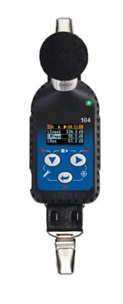
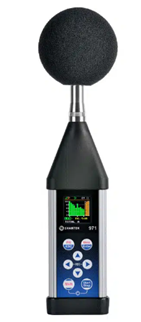
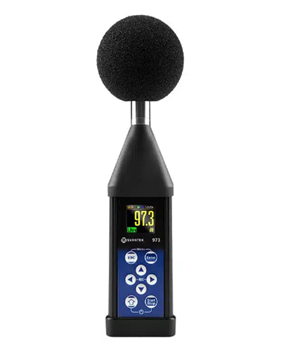
SV 104 Noise Dosimeter SV 971A Class 1 Sound Level Meter SV 973 Class 2 Sound Level Meter
Understanding applications & regulations
In choosing a sound level meter, understanding the specific application is crucial when selecting a sound level meter. Applications will dictate whether you’re focusing on acoustic sound measurement or noise measurement.
A standard sound level meter can suffice for a basic noise survey in an industrial setting. Such preliminary assessments often lead to more detailed acoustic evaluations, for which a traceable, calibrated sound level meter is essential. The object or environment being measured will also influence the features the meter needs to have, such as its measurement range, which commonly varies between 30-130 dB but may need to be broader or narrower depending on the application.
Standards like ISO and OSHA often provide guidelines for the features a sound level meter should possess for specific applications, including the class of the meter in accordance with IEC or ANSI standards. For example, workplace noise measurements following ISO or OSHA guidelines may utilize Class 2 sound level meters and Class 2 noise dosimeters.
Environmental noise assessments often require noise monitoring stations. Building and room acoustics typically use Class 1 meters with capabilities for measuring reverberation time. Engineering sound measurements, which can include specialized tasks like machinery noise evaluation or product development testing, often require meters with advanced frequency analysis features like FFT or 1/3 octave band analysis. Each application has its unique challenges, necessitating specific features and capabilities from the sound level meter.
Sound and Noise monitoring solutions from Shawcity
Utilising the latest advances in measurement technology, Shawcity has an extensive sound and noise instrument portfolio to suit all applications. Contact us today to discuss your requirements or to request a free product demonstration.
